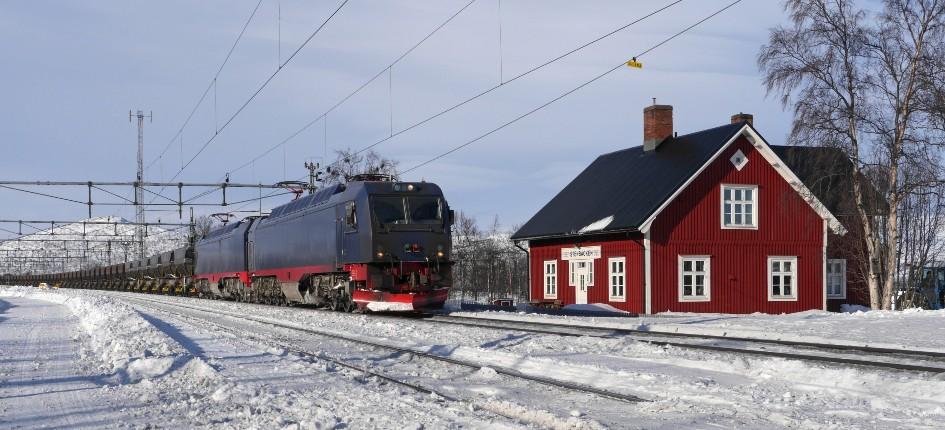Since the Swedish railway market began to be deregulated, it has developed to include several different suppliers and customers.
The Swedish market can be roughly divided into infrastructure managers and traffic operators, as well as support functions in the form of real estate management, rolling stock maintenance, infrastructure maintenance, new construction of railways and technical consulting. In Sweden, it is not only the Swedish Transport Administration that manages railway infrastructure, but there are also several other managers where the most important are Inlandsbanan AB, Arlandabanan Infrastruktur AB and Öresundsbron AB. The market for operation and maintenance as well as investments in infrastructure are dominated by a few large international players.
The operator market is dominated by a few large transport companies that operate passenger traffic and a few large companies that operate freight traffic. In the freight traffic area, there are also some smaller so-called Short Lines for regional freight traffic. Sweden has implemented the EU's fourth railway package, which means free access for both passenger and freight operators who meet the requirements. The rolling stock is of varying ages, ranging from locomotives and wagons manufactured during the 1970s and 1980s to modern locomotives and motor wagons. Vehicle maintenance is handled by specialized suppliers, even though some traffic operators have built up their own maintenance operations.
The Swedish Transport Administration is the major purchaser for maintenance and investments in railway infrastructure.
The administration draws up a rolling 12-year plan that is revised every four years. The new investment plan 2022–2033 includes measures for a total of SEK 799 billion, of which SEK 165 billion is for maintenance of the railway network and SEK 233 billion for new investments, including investments in new main lines. Investments in new infrastructure for rail traffic are also carried out by other organizations such as the Stockholm Region, the Uppsala Region, and the City of Gothenburg.
The regulations for the Swedish railway industry include legislation as well as guidelines, technical regulations and guidelines issued by the Swedish Transport Agency and the Swedish Transport Administration.
Sweden has implemented the EU's fourth railway package in the legislation, which means that older legislation has been replaced by new laws.
The challenges in the Swedish market is mainly to understand the market and the players acting in the market. Procurements take place in accordance to procurement legislation. Both the Swedish Transport Administration and the Stockholm Region use the TransQ qualification system for their procurements above the threshold values, which means that only suppliers who are qualified in TransQ are invited to submit tenders in these procurements. Among the most important purchasers are the Swedish Transport Administration, the Stockholm Region, the Uppsala Region and AB Transitio. All of them take care of good relations with suppliers to get as many and as good offers as possible. They also invite to special supplier days to inform about current projects and upcoming procurements




